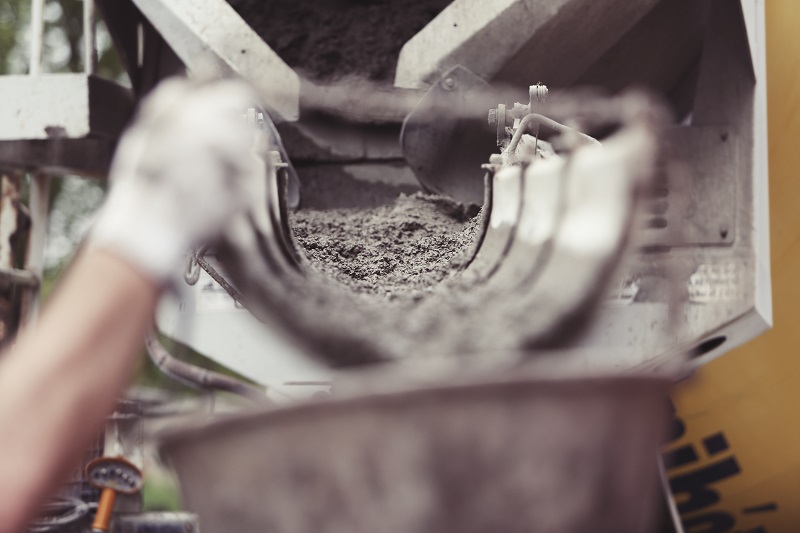Concrete is a very sturdy material and highly popular among people for its different advantages. It is highly durable and easy to maintain because it can take heavy weight on its surface. But you need to know that working with concrete has to be done cautiously to avoid two major problems: untimely damage and costly repairs. Installing concrete pours involves a lot of concerns that a contractor has to go through such as nonconformity, accumulation of concrete rubbles due to improper methods, scaling, decaying and so and so. Knowing the right method certainly doesn’t mean imposition of extra charges. All that is required is the prevention of unprecedented destruction of the civil concrete.
 |
| Civil Concrete |
The Essential Tips:
- Temperature: The differences in temperatures between the center and the area of placement of the concrete should be at a maximum of 35°F. This would prevent cracking and unsightly deterioration due to expansion internally and the occurrence of moisture externally.
- Concrete mixture: To prepare the concrete mix, one would require sand, gravel and Portland cement. It has to be mixed in the ratio of 1:2:4. A specified amount of water is needed for proper binding of the constituents, but an excess of water would lead to the weakening of the consistency till the end. A dry mix prevents cracking. Pouring the mix in the machine to grind would make it slimy and consistent.
- Making a form: Construction of a proper form into a wooden rectangular or square perimeter, cut at right angles would provide perfect finishing to the concrete layout. Use a measuring tape to check if the sides of the square or the rectangular correspond to each other and record on the drawing board. The slight slope has to be added to the form to eliminate the chances of building up of water in the concrete layout. For every foot, 1” slope is fair.
- Rebar the form: To add support to the form, rebar grid is essential as it provides strength and reinforcement to the setup. In this case, a rebar chair might be set up as it provides a proper height.
- Dampening the foundation: To prevent the loss of water from the concrete, the base should be dampened with a water spray for a stronger slab.
- Pouring in Small Sections: The concrete has to be poured in smaller sections to prevent lumping up and also to ensure an even level, at a higher touch than the rebar form with a concrete rake so as to avoid dragging back of extra mix with an already heavy screed board.
- Slow and steady: Pouring the concrete has to be meted out slowly and steadily as the mix has the tendency to set up unorganized, without maintaining a proper flow and form. So all the tools have to be kept ready and a minimum of three laborers along, one for mucking and the other two to screed.
- Using hand signals: Squandering time away to explain the driver about pouring the mix in the proper way amidst the whole process is not a good idea, as the maximum attention has to be at the manner in which the concrete is settling. So use hand signals and communication gestures to ask the driver when to stop, pour, start or back up the truck. Also, it has to be made sure that the driver’s face is in the side view mirror otherwise both will not be able to see each other.
- Avoiding Overwork: Over-troweling the damp concrete would lead to accumulation of water beneath the surface, weaning it as a result and adding the chances of decay and scaling. Exterior concrete needlessly is troweled and one has to wait till the water bleeds away from the surface.
 |
| Civil Concrete |
It might seem menacing to work with civil concrete, initially, but if done correctly, while maintaining a uniform consistency of the cement, it can do wonders. If you desire smooth finishing, use melamine mold whenever you can. The mold you use should also be strong enough to hold the concrete in proper place, without gaps and fissures.
November 30, 2018
Leave a comment
